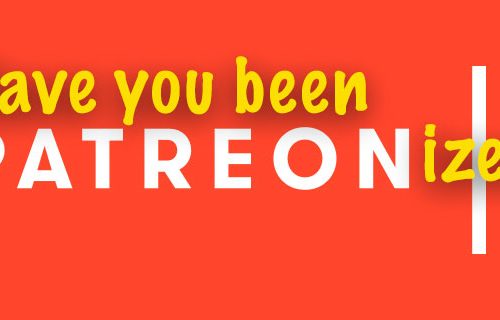This is a guest post by The Centre for the Analysis of Social Media, a new initiative from Demos.
Just in case you haven’t heard: data is now ‘big’. 90% of the data in the world today didn’t exist a few years ago. This revolutionary arrival of data – not only in vast quantities, but often real-time – has rarely been off the lips of the commentators and opinion-formers of the tech world.
Big data is also valuable. It’s now classed as a commodity, like oil and gold. It’s become so valuable not only because we’re producing more than ever before, but also because we can understand it better than ever. As our analytical powers to make sense of big data increases, the complex picture of the world that big data paints, its causes, and effects, relationships, nodes and networks, gets clearer. As the picture gets clearer, it makes our decisions smarter, and that’s big business.
The explosive rise of social media has created a particularly important kind of big data: digital-social worlds that are more measurable and more analysable than any previous form of social exchange. A deluge of social media data -modishly termed ‘buzz’ – present the visage of millions of people talking, arguing, condemning and applauding. This monument to social activity is nothing less than the largest, richest, and most dynamic evidence base for human behaviour that has ever existed. Tapping into this ‘buzz’ has already revolutionised the advertising and marketing industries. Its implications are far wider and more important than that.
It could revolutionize our approach to solving difficult problems with agenda-setting and frame-changing data on vital challenges our society faces: how and why we have the beliefs that we do, how we gain affiliations to some groups and not others, and why disorder or violence breaks out. It could make government more agile and reactive to their respondent’s concerns and criticisms and it could also make us safer. Social media intelligence – ‘SOCMINT’ – could contribute vital intelligence on outbreaks of public disorder, violent demonstrations and hate speech.
Unfortunately, the reality has not yet lived up to the promise. Our ability to harness this data reliably and ethically, and put it to use to solve pressing social issues falls far short of what it ought. Standards of evidence and methodological rigour are not high enough to influence decision- or policy-making. Samples of convenience often produce ‘raw’ metrics of social media phenomena with no further corroboration, explanation or interpretation. Considerations of culture, context, group, language and psychology are rare, and the ethics of social media research even rarer. Only a few years old, the art of understanding and using social media in this way – a field called social media analytics – is something of a Wild West. Lacking regulatory norms or professional standards, ground breaking work is often drowned out by snake-oil merchants: self-appointed ‘scientists’ or ‘gurus’ that promise to solve all your social marketing, advertising or reputational issues (for a price).
Social media research can be much more than this. In order for social media research to reliably, ethically and usefully contribute to these questions, it needs to make the transition from the metrics-based traditions of advertising to become a new, applied academic discipline: aligning, the social sciences and humanities with the computer sciences and allied fields. Only this step-change evolution will give us the tools to turn social media metrics into meaning, description into explanation and allow us to draw concrete, caveated conclusions with practical implications.
This week, the think tank Demos launched an initiative to fill this deficit. The Centre for the Analysis of Social Media brings together policy specialists, social scientists, computer scientists and tech entrepreneurs to develops social media analysis as a valid instrument of research that meets the needs of policy- and decision-makers. We’re not yet sure of the results, only that more needs to be done.



